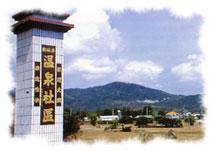 |
【Sizhong Creek Hot Spring】
Sizhong Creek was known as one of the four major hot springs in Taiwan during the Japanese occupation period along with Guanziling, Yangmingshan, and Beitou. It is also the southernmost hot spring in Taiwan. It was first discovered by the local Ami people. During the Qing Dynasty, the local Han people called Sizhong Creek as "the soup." In the Tongzhi period of the Qing dynasty, when Shen Bao Zhen was surveying the terrain, he traveled four streams to reach the hot spring area, so he renamed the site "Sizhong Creek." The hot springs in Sizhong Creek do not contain sulfur. The spring water is transparent and clear. The pH value is between 7.8 ~ 8, and the temperature is about 50 ~ 60 degrees. In addition to hot springs, the water is also potable.
|
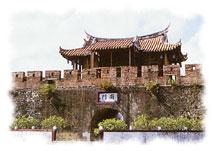 |
【Hengchun Ancient City】
The existing east, west, south and north gate of Hengchun Town are the only gate monuments in Taiwan that are the most complete. The circumference of Hengchun City is 880 zhang long, the wall base is 2 zhangs thick, and the face wall is 1.6 zhangs high. It is built according to the scale and structure of the county seat. It is divided into four gates: east, west, south and north, each named after it. It has more than 120 years of history since the official establishment of the county in the first year of Guangxu (1875 AD). Most of theancient city's cultural relics facilities have been changed and destroyed due to natural disasters, war, dynastic changes, or economic development, but the four city gates have survived and remained, not only as a testament to history, but also as a mark of Hengchun’s position in the tourism development in Pingtung Cultural center.
|
 |
【Kenting National Park】
Kenting National Park is the first national park of our country. What distinguishes it from other national parks around the world is that it not only has a developed coral reef terrain, but also isolated mountain peaks, water ponds, grasslands, sand dunes, tropical forests and lush living biomes. It has the beauty of mountains and seas and the beauty of swamps and plains.
|
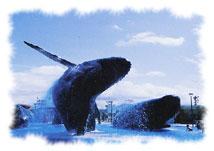 |
【National Museum of Marine Biology and Aquarium】
The National Museum of Marine Biology and Aquarium, opened in February 2000, is located at the foothills of Guishan Township, near the Taiwan Strait. Since its opening, it has become a popular tourist spot in Kenting National Park. The Marine Museum covers an area of 65 hectares and has a display space of more than 12,000 square meters, which is divided into Taiwan Waters Pavilion, Coral Kingdom Pavilion and World Waters Pavilion.
|
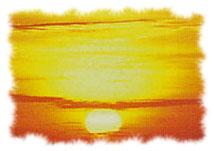 |
【Guanshan】
Guanshan's sunset ranks among the eight scenic spots of Hengchun. The beauty of Guanshan is not only the sunset. On the way to Guanshan to watch the sunset, crossing the coral reef wall on the two sides, the wall is covered with acacia forest trails. As if crossing through a time tunnel with Guanshan on the other side, you can watch the red glow of the sunset after the sun has fallen on the surface of the sea. In addition, there is a huge reef on the top of Guanshan Mountain. In the past, folks did not know where it came from, so it was called "flying stone". Its tall and unwavering form is a great backdrop for tourist photos.
|
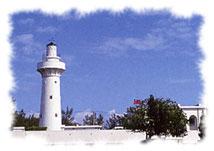 |
【Eluanbi Park】
Located on the southernmost end of Taiwan Island, it has a coral limestone terrain. The white-colored exterior of the Eluanbi Lighthouse in the park is bright and dazzling. It is the most majestic one among the lighthouses in Taiwan. It has a luminosity of 1.8 million candles and rotates once every 30 seconds and can be seen at 20 sea miles. It is the most powerful lighthouse in Taiwan, so it has the reputation of "Light of East Asia". Generally visitors can watch it under the lighthouse. During the Japanese occupation period, it was voted one of the "Eight Scenic Spots in Taiwan", and the "Eight Scenic Spots of Eluanbi Monument in Taiwan" was erected.
|











